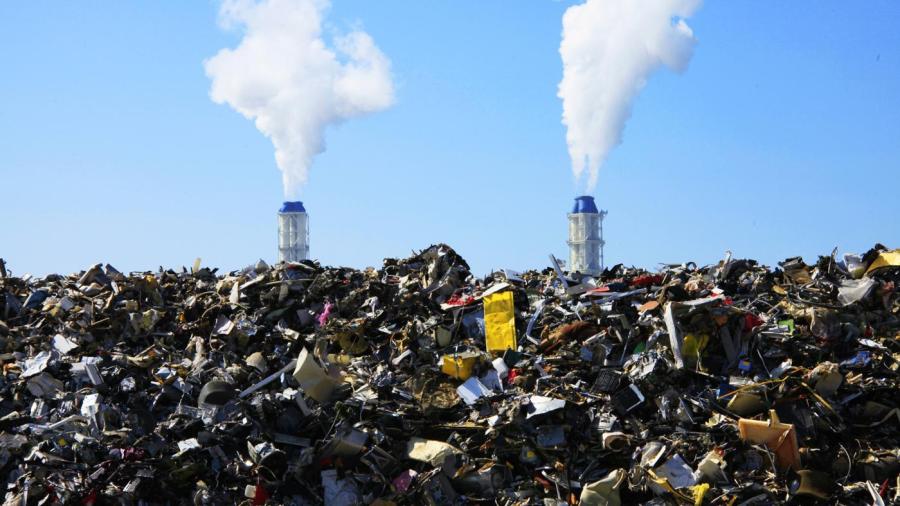What Is the Importance of Segregation of Wastes

If an old newspaper gets food grease on it, it can’t be recycled. Segregating waste helps reduce use of raw materials, keeps recyclable material out of landfills and keeps incompatible garbage separate from each other.
Some of the garbage people generate is biodegradable, some is recyclable and some is neither. Waste segregation involves separating wastes according to how it’s handled or processed. Most waste can be separated into these three categories but there are subcategories in each that are often separated as well. In residential contexts, the opposite of waste segregation is mixed waste collection, which can be convenient but is also wasteful.
Biodegradable Waste Biodegradable wastes are mostly comprised of food scraps. It’s further split into animal-derived and plant-derived waste. Animal waste should be separated from plant waste, especially if the food waste is intended for animal feed because the organisms that help break down biodegradable waste are different for animals and plants, with animal-derived waste posing a greater health risk. Some governments ask residents to segregate compostable waste, that is, plant-based waste that’s free of cooking oil residue, for municipal garbage pick up. Food waste should not be discarded with plastic or other packaging.
Recyclable Waste If waste cannot be composted or fed to animals, it might be recyclable. Metal, glass, some plastics, paper and some textiles can be recyclable. However, what actually gets recycled is a decision made by local governments.
Nonrecyclable Waste If a waste is neither biodegradable or recyclable, it’s destined for the landfill. Diapers, cigarette butts and floor sweepings all fall in this category. Nonrecyclable wastes include plastics that can be recycled but typically are not because of the cost or time involved.
Other Waste Streams Radioactive material, medical waste and hazardous waste are generally considered nonrecyclable but require further processing and should be kept separate. Radioactive waste and medical waste are rarely found in municipal waste streams but household paints, solvents, electronics and other chemicals might be collected during special events designed to give residents time to clean out their garage. It is especially important to keep this type of waste segregated from other waste. Paint or other solvents make otherwise biodegradable products unsuitable for compost or feed. While chemicals themselves might interact with one another in unfortunate ways.
International Perspective Some governments have different household waste segregation requirements. These can include hazardous waste materials handling as well as household waste rules. Germany, for example, has four household waste streams: household waste, plastic packaging, paper waste and biological waste. There are separate requirements for electronics and paper. Korean citizens pay by the pound for food waste. In the U.S., local governments decide whether to recycle and to compost.
Some countries like Mexico and India include trash pickers or rag pickers in their waste disposal plans. Residents are asked to separate old rags and clothes and other recyclables from their general waste streams to make it easier for these independent workers to remove. In countries where rag picking is common, the occupation is essential but nonetheless looked down upon. While these workers save municipalities significant amounts of money for disposal, the only people that take this work on are those that are driven to it from desperation.





